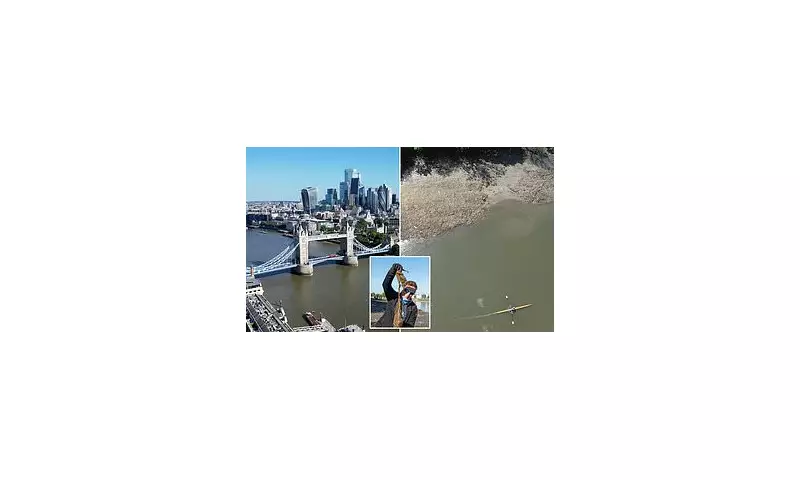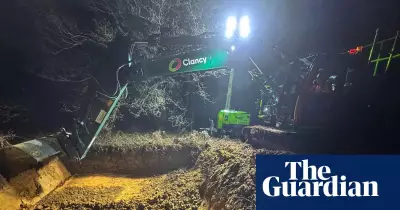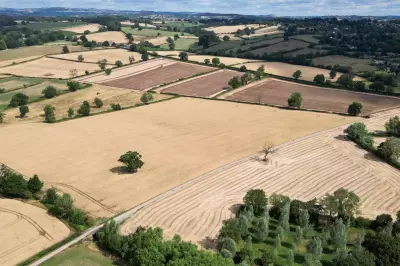
London's River Thames has revealed a disturbing secret lurking beneath its surface – a grotesque 'island' formed entirely from discarded wet wipes. A recent clean-up operation hauled out a staggering mass of these non-biodegradable items, exposing a growing environmental crisis in the heart of the capital.
The Shocking Discovery
Environmental workers recently removed what locals have dubbed 'Wet Wipe Island' – a 100-square-metre mound of congealed wipes near Hammersmith Bridge. This revolting formation, built up over several years, stood nearly two feet tall at low tide.
Why This Matters
This isn't just an eyesore – it's an environmental disaster. Wet wipes contain plastic fibres that never fully break down. When flushed, they combine with fats and oils to create these monstrous 'fatbergs' that choke our waterways.
The Clean-Up Challenge
Specialist teams spent days:
- Removing tonnes of compacted wipes by hand
- Using specialised equipment to prevent ecological damage
- Working around tidal patterns in challenging conditions
Thames21, the charity leading the operation, warns this is just one of multiple such formations along the river.
A Call to Action
Environmental campaigners are demanding:
- Clearer labelling on wet wipe packaging
- Stronger penalties for companies making non-biodegradable products
- Better public education about what shouldn't be flushed
'This should serve as a wake-up call,' says a Thames21 spokesperson. 'Every wipe flushed is another brick in this disgusting island.'
The Bigger Picture
London's Victorian sewage system struggles with modern waste. Combined with population growth and outdated products, the Thames faces an unprecedented pollution threat that goes far beyond wet wipes.





